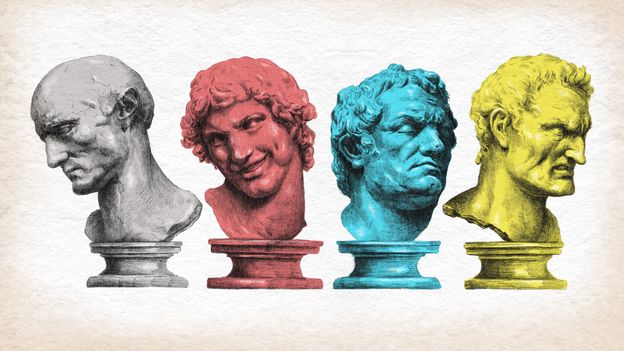
But the humours were not immutable. It was thought internal balance could be achieved partly through consuming food that complemented one’s inner composition. Phlegmatics, for example, were advised not to eat peaches and melons, says Shapin. “They were too watery.” You might even be directed to live in warmer, colder, drier or wetter terrain to ensure harmony between your internal and external environments.
These ideas were remarkably durable. “Galen’s readings became like sacred texts for doctors through the 17th and 18th Centuries,” says Shapin. “Discovering what people were like, and the language that allowed doctors to advise people on how to live, was a really stable feature of culture.”
Eventually, the theory’s influence diminished, to be replaced by emerging nutrition science in the mid-to-late 19th Century.
Despite the now-discredited knowledge underpinning it, Shakespeare’s portrayal of personality archetypes are still familiar to modern audiences. “When I teach Romeo and Juliet, my students are like, ‘Oh my God, Romeo is such an emo’,” says Sarah Dustagheer, a literary historian at the University of Kent, who studies playwriting and performance in London in the Early Modern period.
“The 17th Century was very different from our society, but there are some fundamentals of human emotion and human experience that haven’t changed,” she adds. “What’s changed is the way we interpret them.”